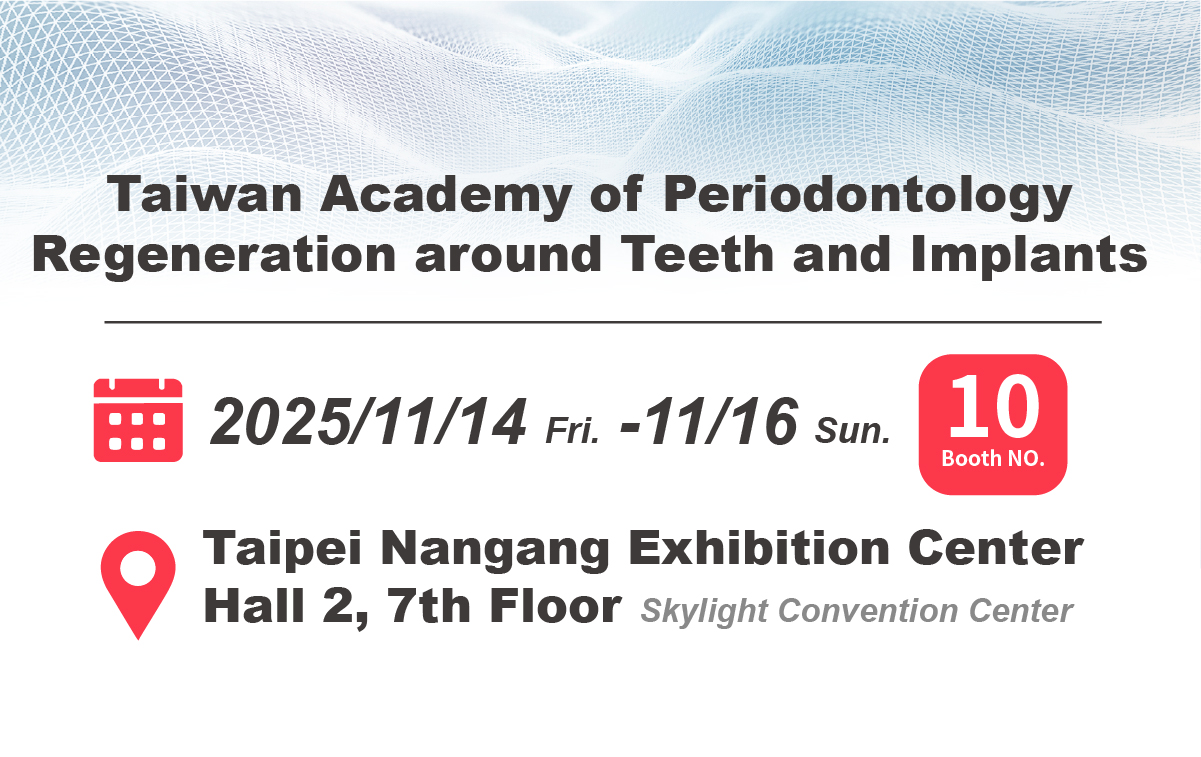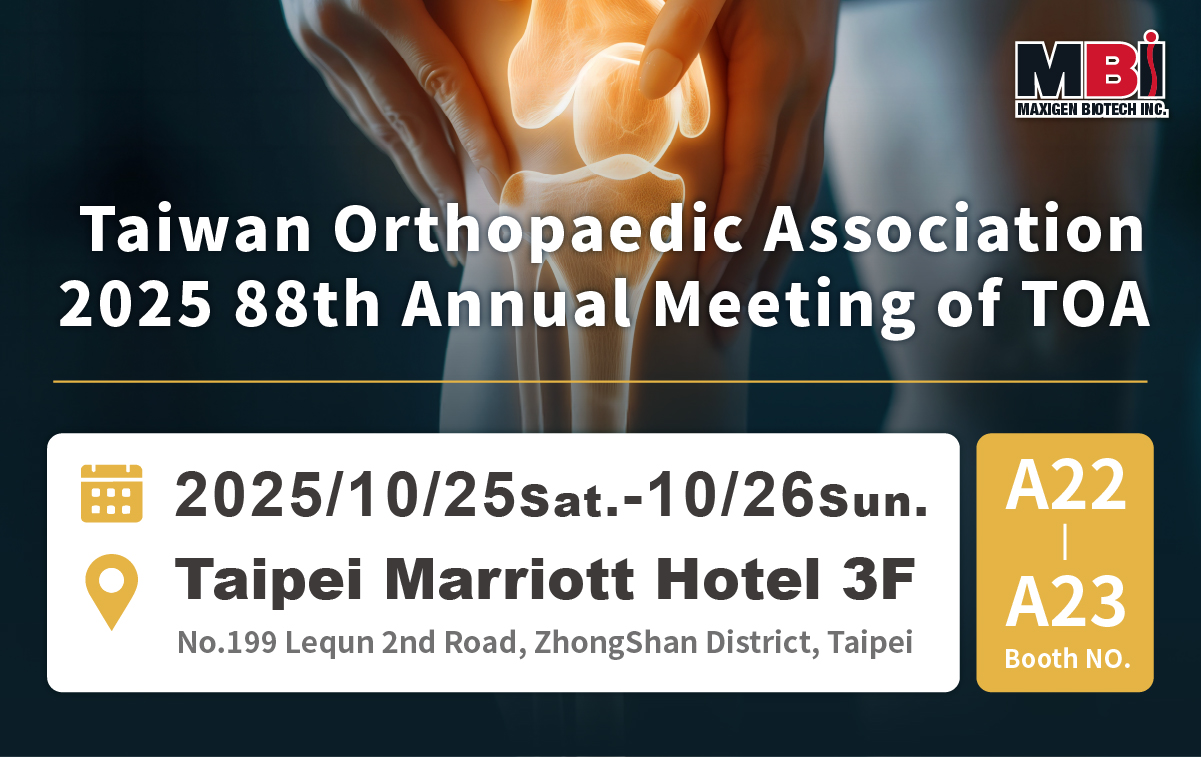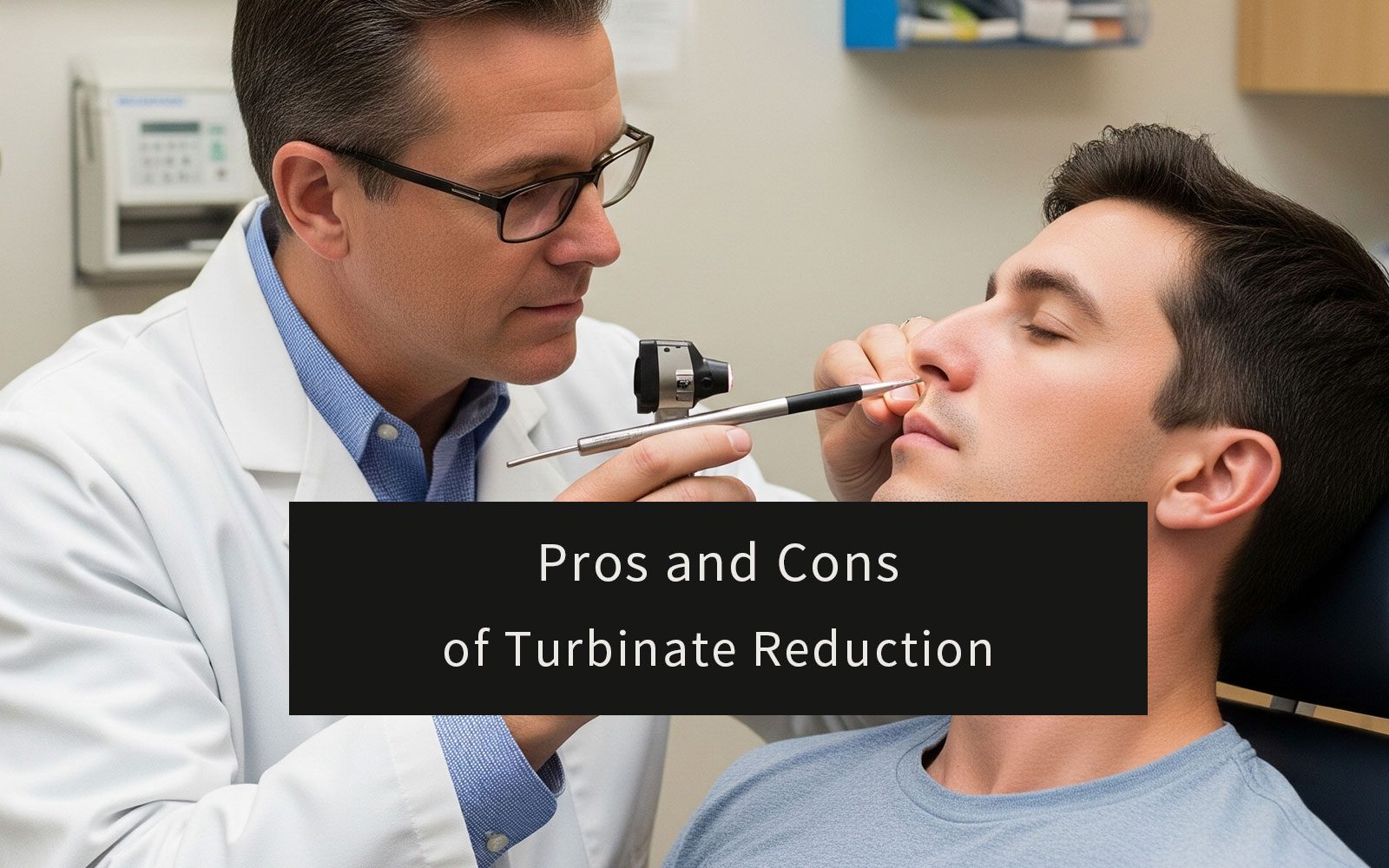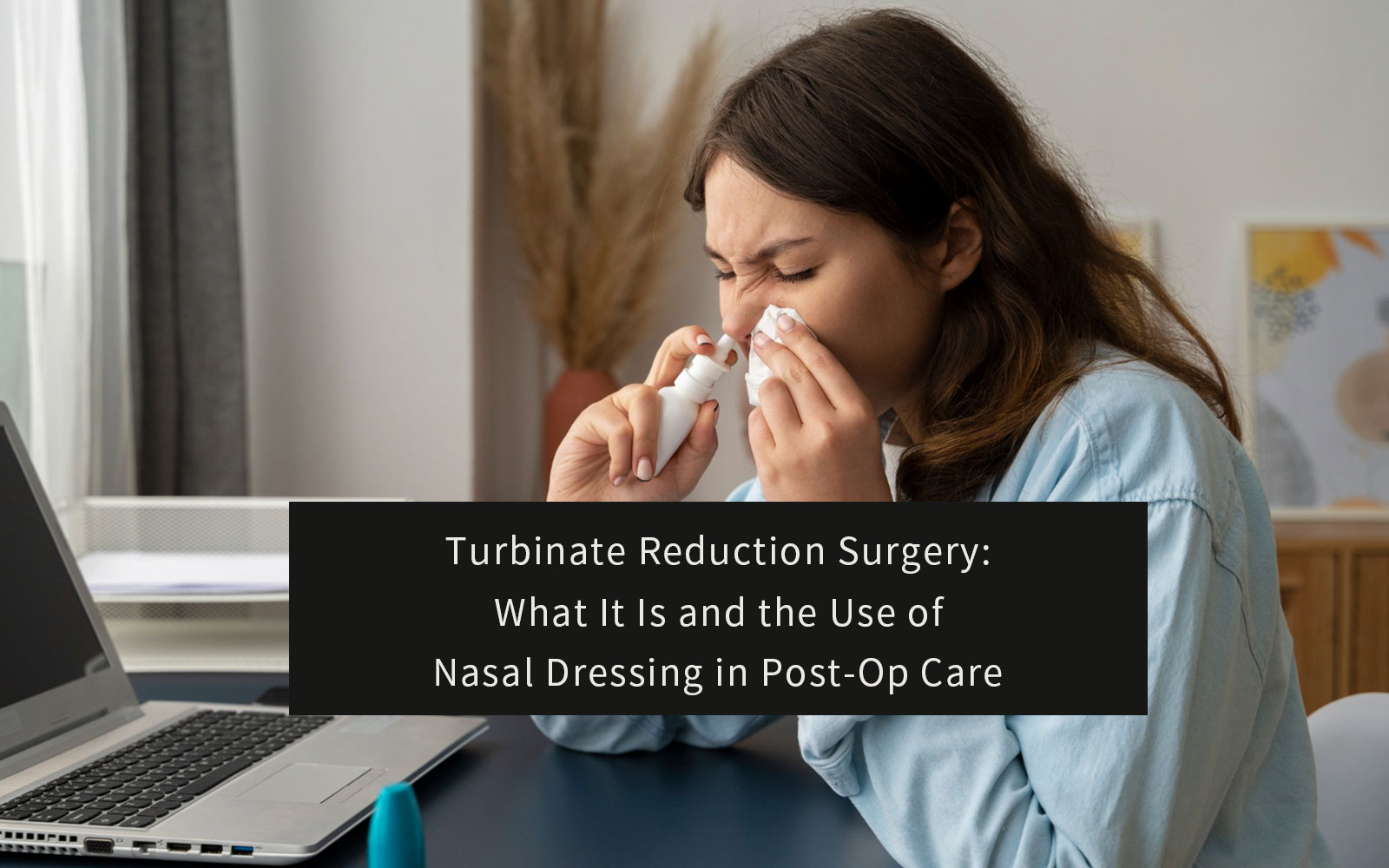Table of Contents
What Are Turbinates and Why Do They Swell?
Nasal turbinates are three pairs of curved, bony structures—known as the inferior, middle, and superior turbinates—located on the side walls inside your nasal cavity. Each turbinate is covered with a mucous membrane that helps filter, humidify, and warm the air you breathe in through your nose.
The main function of the nasal turbinates is to optimize airflow and protect your lungs by trapping dust, allergens, and pathogens.
Turbinate swelling (also called turbinate hypertrophy) often develops due to chronic inflammation. Common causes include:
- Allergic rhinitis: Ongoing allergies can cause persistent turbinate enlargement.
- Sinus infections: Recurrent or chronic infections lead to inflammation.
- Environmental irritants: Exposure to cigarette smoke, air pollution, or chemical fumes.
- Structural nasal issues: Problems such as a deviated septum can trigger compensatory swelling.
When the turbinates become swollen, they narrow the nasal passages and cause chronic nasal congestion, difficulty breathing through the nose, mouth breathing, and sometimes snoring or sleep problems.
If you experience persistent nasal blockage or stuffiness, it could be a sign of turbinate hypertrophy, and consulting an ENT specialist is recommended.
What Is Turbinate Reduction?
Turbinate reduction—also known as turbinate resection or turbinectomy—is a surgical procedure designed to decrease the size of the nasal turbinates. By reducing enlarged turbinates, the surgery helps to improve nasal airflow and effectively relieve chronic nasal obstruction.
This procedure is especially beneficial for patients who continue to experience nasal blockage despite trying medications such as nasal corticosteroid sprays or antihistamines.
During turbinate reduction, the surgeon may either remove a portion of the turbinate bone or use energy-based techniques (such as radiofrequency ablation, laser, or coblation) to reduce the thickness of the mucosal tissue. The main goal is to clear the nasal passages while preserving the natural function of the turbinates—humidifying and filtering the air you breathe.
Indications for Turbinate Reduction Surgery
Turbinate reduction surgery (also called turbinectomy or turbinate resection) is generally recommended when enlarged nasal turbinates cause chronic nasal obstruction and do not respond to conservative treatments. This surgical procedure can significantly improve nasal airflow and relieve symptoms that impact daily life and sleep quality.
Below are the most common indications for considering turbinate reduction surgery:
Chronic Nasal Obstruction
Persistent nasal blockage that makes it difficult to breathe through the nose is the most common reason for this procedure. When conservative treatments like nasal sprays or antihistamines fail to relieve symptoms, surgical reduction of the turbinates may be necessary. This type of obstruction often results in mouth breathing, which can lead to dryness and discomfort.
Frequent Sinus Infections
When enlarged turbinates block sinus drainage pathways, they can contribute to recurring sinus infections. Reducing turbinate size can help restore normal sinus drainage and reduce the likelihood of repeated infections.
Sleep-Disordered Breathing
Enlarged turbinates can contribute to disrupted breathing during sleep, leading to conditions such as snoring or obstructive sleep apnea. When nasal airflow is restricted, it can force individuals to breathe through their mouth, which may worsen sleep quality and lead to fragmented rest. Turbinate reduction can improve nasal patency, supporting more consistent airflow and better sleep.
Chronic Rhinitis
Long-term inflammation of the nasal passages, often due to allergies or irritants, can cause the turbinates to remain chronically swollen. If symptoms such as congestion and nasal pressure persist despite medical management, surgery may be considered.
Lack of Response to Medical Therapy
Turbinate reduction may be considered when standard treatments fail to relieve long-term nasal congestion and breathing issues.
Associated Structural Issues
Turbinate reduction is sometimes performed alongside other nasal procedures, such as septoplasty, to correct structural abnormalities and improve airflow.
It’s important to note that a thorough evaluation by an ENT (Ear, Nose, and Throat) specialist is crucial to determine if turbinate reduction surgery is the right course of action.
Turbinate Reduction Surgery Techniques
Turbinate reduction surgery (also called turbinectomy or turbinate resection) is generally recommended when enlarged nasal turbinates cause chronic nasal obstruction and do not respond to conservative treatments. This surgical procedure can significantly improve nasal airflow and relieve symptoms that impact daily life and sleep quality.
There are various surgical approaches depending on the severity of turbinate hypertrophy and patient needs:
【Minimally Invasive Techniques】
These techniques are suitable for patients with mild to moderate turbinate hypertrophy, providing faster recovery and less discomfort compared to traditional surgeries.
- Radiofrequency Ablation (RFA)
A minimally invasive, in-office procedure that uses a thin probe to deliver low-energy radiofrequency waves to the turbinate tissue. This generates gentle heat, leading to controlled scarring and gradual tissue shrinkage over 6–8 weeks. RFA is valued for its simplicity, safety, and quick recovery.
- Coblation
An intraoperative method that uses low-temperature radiofrequency energy in a saline solution to gently ablate the turbinate tissue. Coblation effectively reduces turbinate volume while preserving surrounding structures, making it an excellent alternative to traditional cautery.
- Cauterization
A simple office-based procedure where a heated probe is used to cauterize blood vessels in the turbinate. This decreases blood supply, promoting shrinkage. Best for minor cases and can be done quickly.
- Cryoturbinectomy
This technique applies extreme cold (such as nitrous oxide or liquid nitrogen) to turbinate tissue, resulting in cell death and volume reduction. Although less common, it is useful in specific clinical scenarios.
- Laser Turbinate Reduction
A precision surgical technique that uses laser energy to shrink turbinate tissue. The laser cauterizes or vaporizes parts of the mucosa, providing a bloodless approach but may cause more postoperative crusting in certain patients.
Table 1. Comparison of Minimally Invasive Techniques for Turbinate Reduction
| Technique | Indication | Advantages | Limitations / Risks |
|---|---|---|---|
| Radiofrequency Ablation (RFA) | Mild–moderate hypertrophy | Quick, office-based | Gradual effect, may repeat |
| Coblation | Mild–moderate hypertrophy | Less trauma, tissue-sparing | Limited use |
| Cauterization | Mild hypertrophy | Simple, cost-effective | Limited scope, recurrence |
| Cryoturbinectomy | Special scenarios | Precise, minimal wound | Rare, swelling/crusting |
| Laser Turbinate Reduction | Cases needing precision | Bloodless, accurate | Cost, postoperative crust |
【Surgical Resection Techniques】
These are more invasive surgeries, usually indicated for severe nasal obstruction, significant anatomical abnormalities, or when previous treatments have failed.
- Microdebrider Submucosal Resection / Turbinoplasty:
A minimally invasive surgical technique where a microdebrider is used to remove soft tissue and bone inside the turbinate while preserving the mucosal lining. This approach allows for precise control, typically resulting in less postoperative discomfort and faster healing than more aggressive resections.
- Partial Inferior Turbinectomy:
Involves removing a portion of the inferior turbinate, including both mucosal and bony components. It offers substantial symptom relief but may lead to increased dryness and crusting in the nose.
- Total Inferior Turbinectomy:
A more aggressive surgery that removes most or all of the inferior turbinate, maximizing airway space but with a higher risk of complications like chronic dryness, crusting, and, rarely, Empty Nose Syndrome (ENS).
- Outfracture:
This intraoperative technique is often combined with other turbinate procedures. The surgeon gently fractures and repositions the turbinate bone outward to expand the nasal airway. Outfracture has minimal downtime and a low risk of complications.
Table 2. Comparison of Surgical Resection Techniques for Turbinate Reduction
| Technique Name | Description / Indications | Advantages | Potential Risks / Limitations |
|---|---|---|---|
| Microdebrider Turbinoplasty | For severe turbinate hypertrophy | Preserves mucosa, faster recovery | Bleeding or infection risk |
| Partial Inferior Turbinectomy | For severe nasal obstruction | Significant symptom relief | Nasal dryness, increased crusting |
| Total Inferior Turbinectomy | For the most severe nasal obstruction | Maximizes airway space | High risk, Empty Nose Syndrome (ENS), dryness |
| Outfracture | Usually combined with other procedures | Minimal downtime, few complications | Limited effect alone, adjunctive use |
RFA demonstrates the lowest risk and recovery burden, making it ideal for mild turbinate hypertrophy. In contrast, Microdebrider Turbinoplasty balances moderate invasiveness with long-term effectiveness, suitable for more severe cases.
What to Expect Before, During, and After Turbinate Reduction Surgery
Before Surgery
Patients considering turbinate reduction surgery will first undergo a comprehensive nasal evaluation—this may include nasal endoscopy or CT imaging to assess the extent of turbinate enlargement and airway obstruction. Your ENT doctor will typically advise you to stop taking blood-thinning medications (such as aspirin) and may recommend starting a nasal corticosteroid spray to reduce inflammation before surgery.
During Surgery
Turbinate reduction procedures are performed under local or general anesthesia and usually take between 30 and 60 minutes. The specific surgical technique used—such as submucosal resection or radiofrequency ablation—will determine whether nasal packing or an absorbable nasal dressing is placed. These materials help control bleeding, support mucosal healing, and minimize the risk of scar tissue or adhesions.
After Surgery
Postoperative symptoms may include nasal congestion, mild bleeding, or crusting, typically lasting 1 to 3 weeks. Patients are advised to perform regular saline nasal irrigation and apply topical ointments as directed. If an absorbable nasal dressing like NasoAid® is used, it will naturally dissolve within 24 to 48 hours, removing the need for painful packing removal and supporting a more comfortable, faster recovery. Most people can return to normal daily activities within several days after the procedure.
Differences Before and After Turbinate Reduction Surgery
Many patients notice significant improvements after turbinate reduction surgery compared to their preoperative symptoms.
Before Surgery
Common issues include chronic nasal congestion, frequent mouth breathing, snoring, and poor sleep quality. These symptoms are typically caused by enlarged turbinates restricting normal airflow through the nose.
During Surgery
Depending on the chosen technique (such as microdebrider turbinoplasty, partial turbinectomy, or outfracture), the surgeon will remove or reposition excess soft tissue and/or bony structures within the inferior turbinates. Special care is often taken to preserve the mucosal lining to maintain natural nasal function while increasing the space for airflow.
After Surgery
Most patients experience improved nasal breathing, better sleep quality, and less reliance on nasal sprays or decongestants. Although mild swelling or congestion may continue for a few weeks, breathing typically becomes easier as healing progresses.
These before-and-after results clearly show that turbinate reduction surgery can directly relieve nasal obstruction and significantly enhance overall quality of life.
Innovations in Post-Surgical Recovery: Nasoaid Nasal Dressings
Nasal packing is essential in post-surgical care after turbinate reduction or other nasal procedures. It stabilizes nasal structures, helps control bleeding, and significantly lowers the risk of mucosal adhesions.
NasoAid®, an advanced bioresorbable nasal dressing, represents a major innovation compared to traditional nasal packing.
Unlike conventional packs, NasoAid® is specifically designed for patient comfort and enhanced healing. It absorbs surrounding fluids and begins to degrade naturally within 24 hours—gradually breaking down like tissue paper. This bioresorbable design eliminates the need for painful dressing removal, reduces patient discomfort, and supports optimal wound healing for a smoother recovery experience.
Why ENT Surgeons are Switching to Absorbable Nasal Dressings
ENT surgeons are increasingly choosing absorbable nasal dressings, such as NasoAid®, over traditional nasal packing for several key reasons:
- Enhanced Patient Comfort:
Absorbable dressings dissolve naturally and do not require painful removal, reducing discomfort and anxiety for patients after surgery. - Lower Risk of Adhesions:
Bioresorbable materials help minimize the risk of mucosal adhesions, which can occur with conventional packing. - Better Healing Outcomes:
By maintaining a moist wound environment and supporting gentle tissue healing, absorbable dressings can optimize post-surgical recovery and reduce complications. - Convenience for Patients and Providers:
Eliminates the need for a follow-up visit solely for pack removal, saving time for both patients and healthcare professionals.
These advantages make absorbable nasal dressings the preferred choice for modern nasal surgery and postoperative care.
Traditional Nasal Packing vs. Bioresorbable Dressings
| Feature | Traditional Nasal Packing | Bioresorbable Dressings (e.g., NasoAid®) |
|---|---|---|
| Removal Required | Yes, must be manually removed | No, dissolves naturally |
| Patient Comfort | Lower, removal can be painful | Higher, painless and more comfortable |
| Risk of Adhesion | Moderate | Low |
| Impact on Wound Healing | May impede healing | Promotes optimal healing |
| Follow-up Visit Needed | Yes, for pack removal | No additional visit required |
| Return to Daily Activity | Sometimes delayed due to discomfort | Faster recovery, minimal disruption |
FAQs About Turbinate Reduction Surgery
Can enlarged turbinates grow back after surgery?
Yes, in some cases, turbinate tissue can regenerate, especially if the underlying causes like allergies remain untreated.
Is turbinate reduction surgery a permanent solution?
While results are often long-lasting, effectiveness can diminish if contributing factors such as chronic inflammation or infection persist.
Is there a nasal dressing that doesn’t need to be removed?
Yes. Bioresorbable nasal dressings like NasoAid® dissolve naturally, eliminating the need for painful removal.
What makes NasoAid® different from traditional nasal packing?
NasoAid® is an absorbable dressing designed to maintain nasal structure, control bleeding, and reduce patient discomfort without requiring removal.
For individuals considering turbinate reduction surgery, understanding the procedure, recovery expectations, and post-operative innovations like NasoAid® can help ensure a more informed and comfortable experience. If you suspect turbinate enlargement is affecting your quality of life, consult a board-certified ENT specialist to explore your options.









